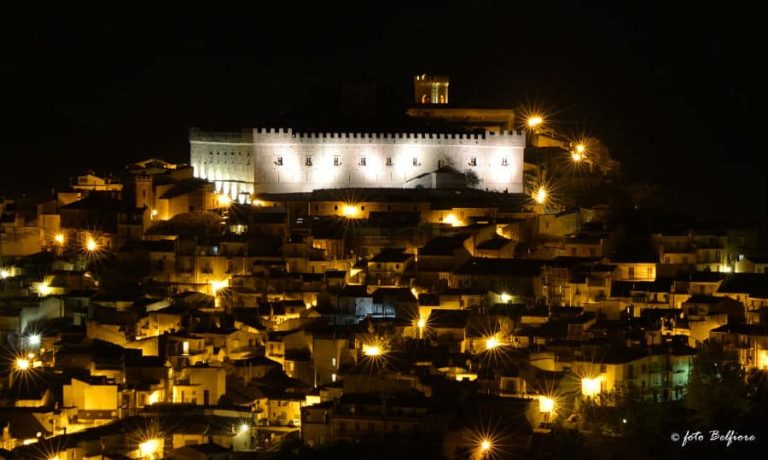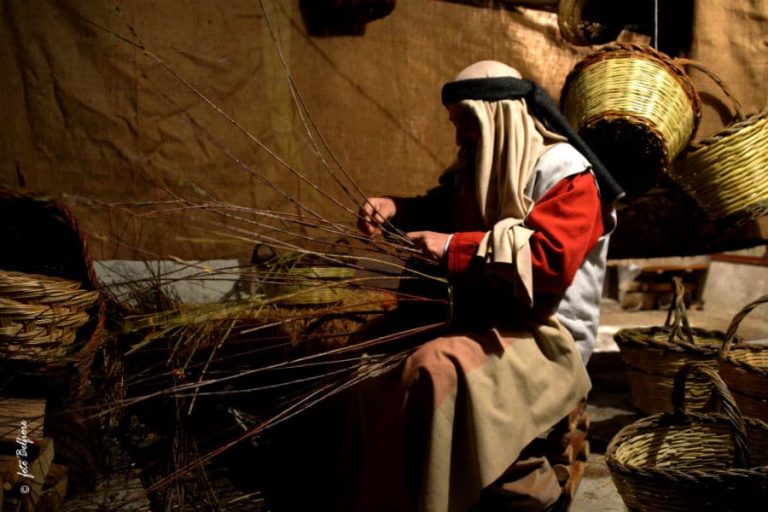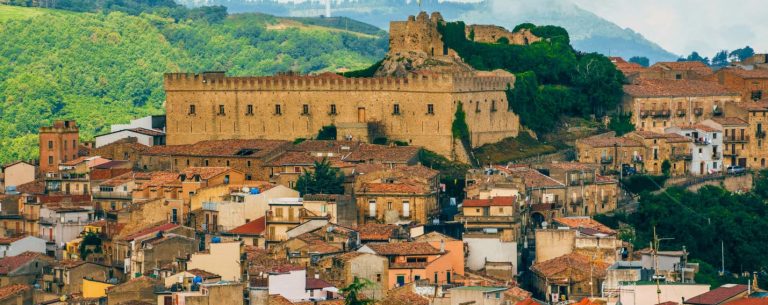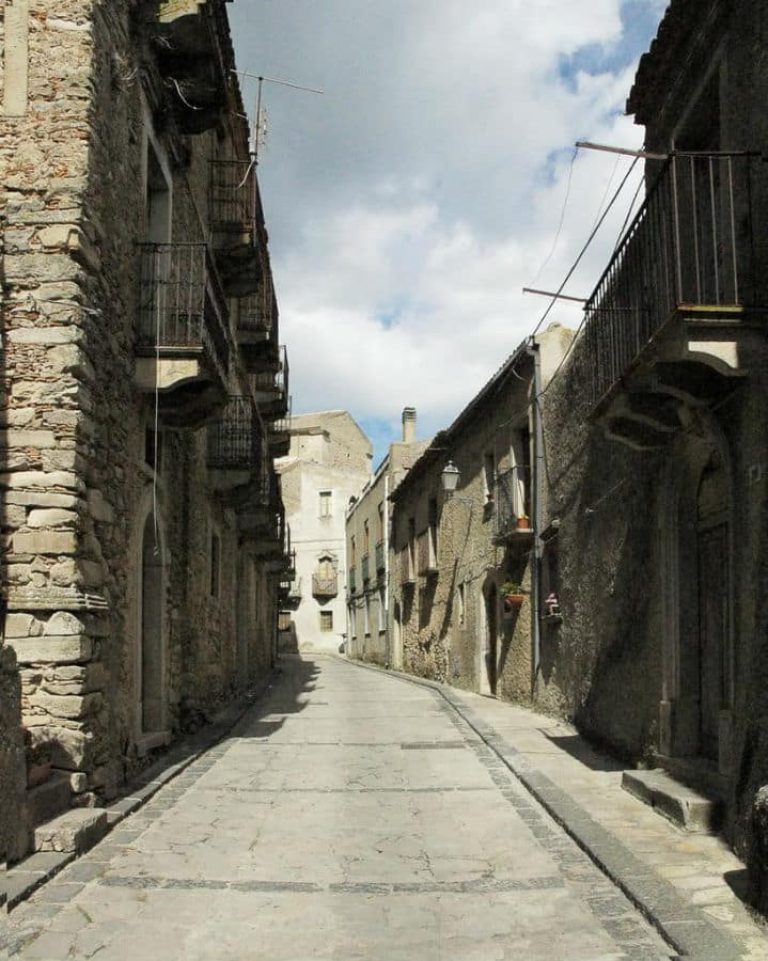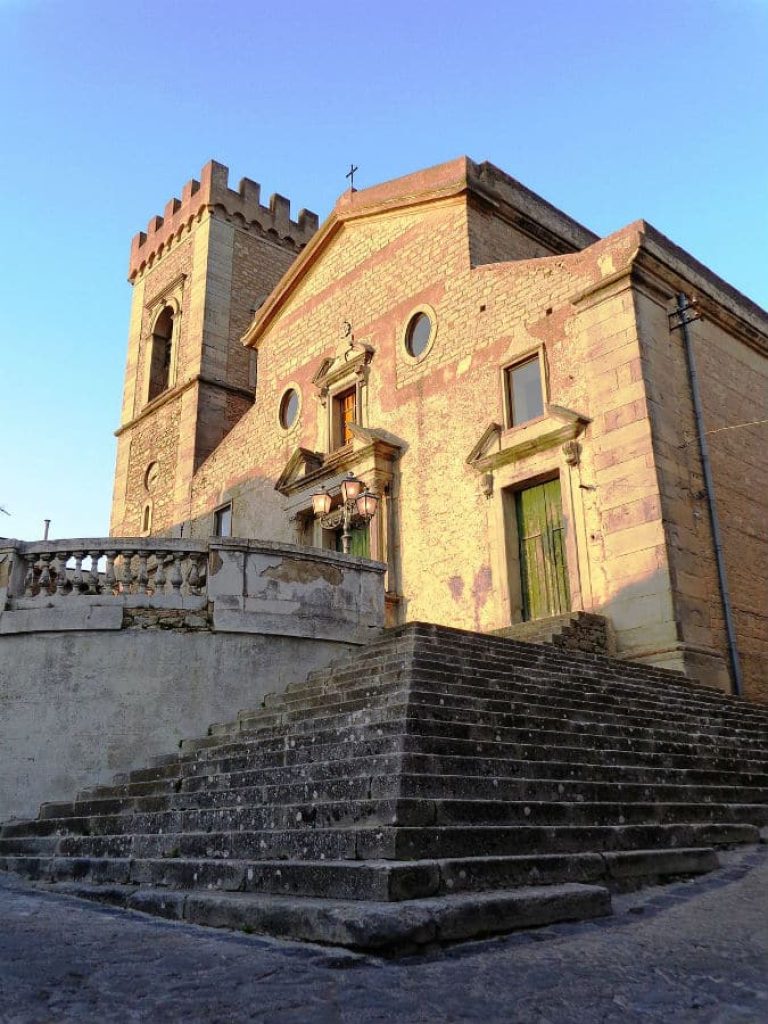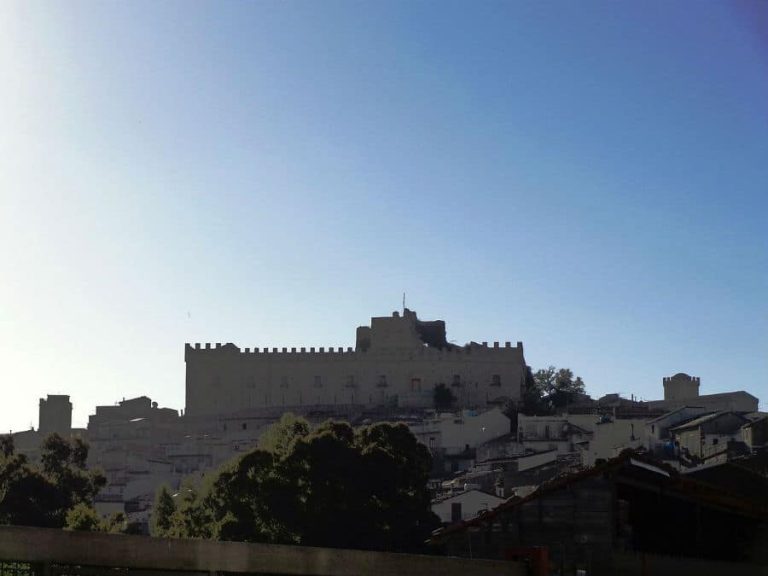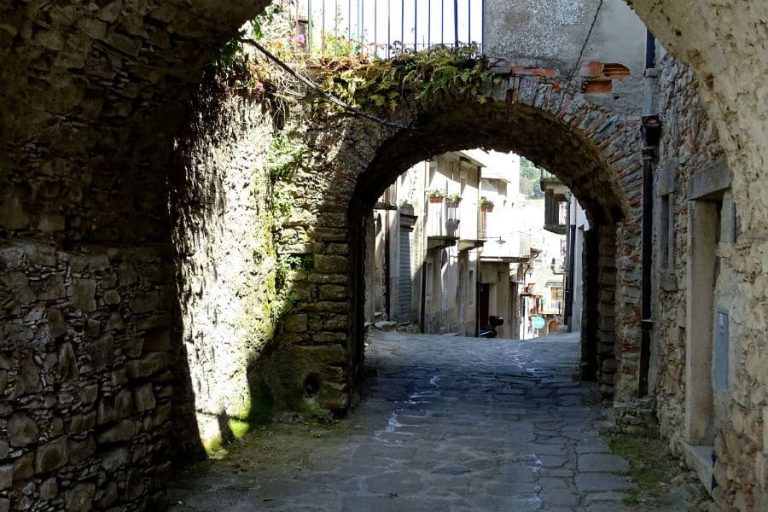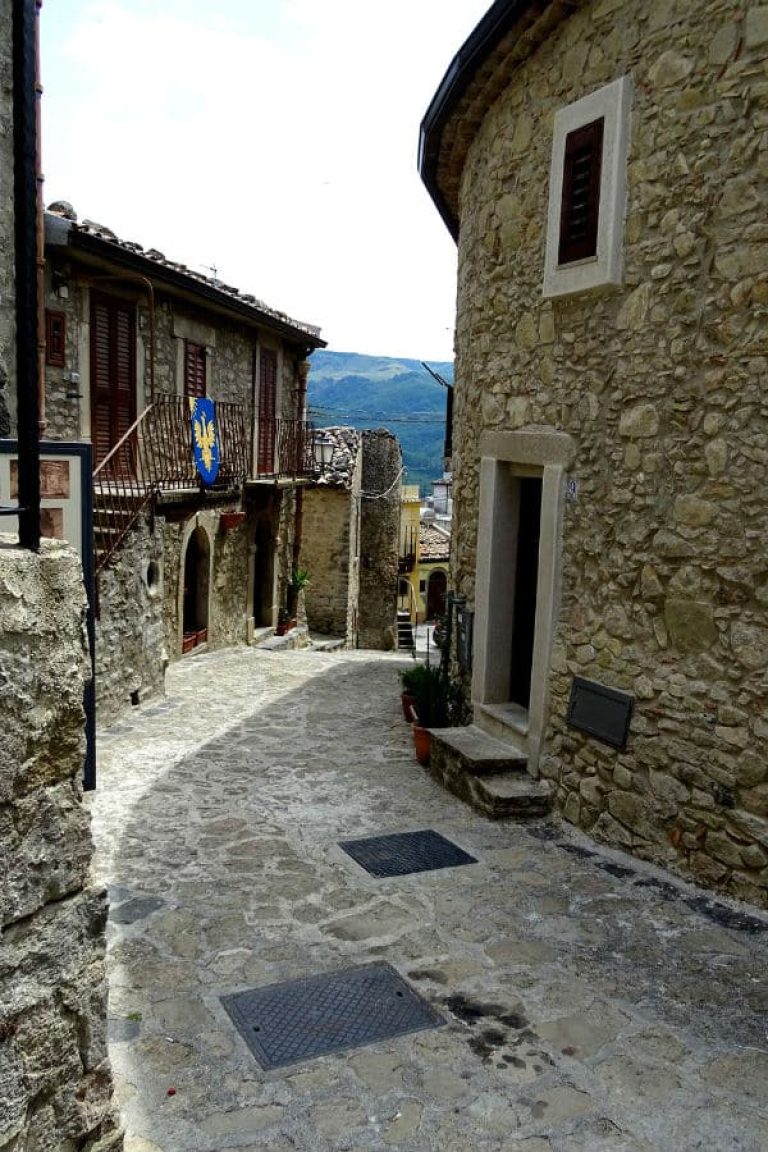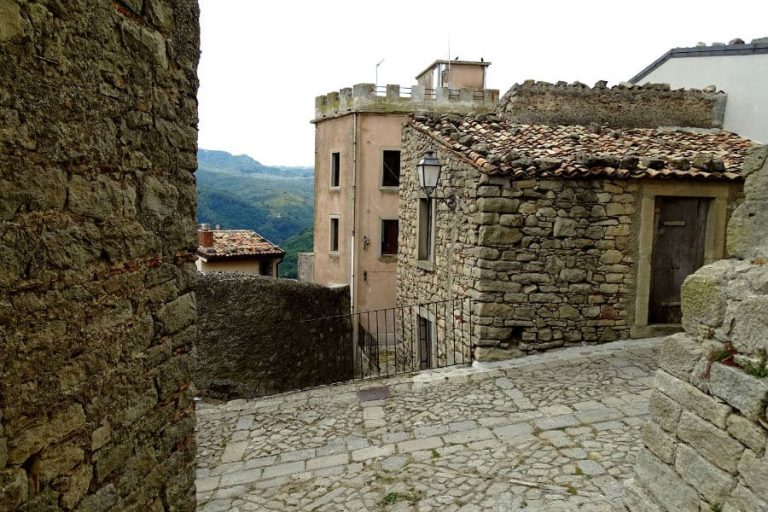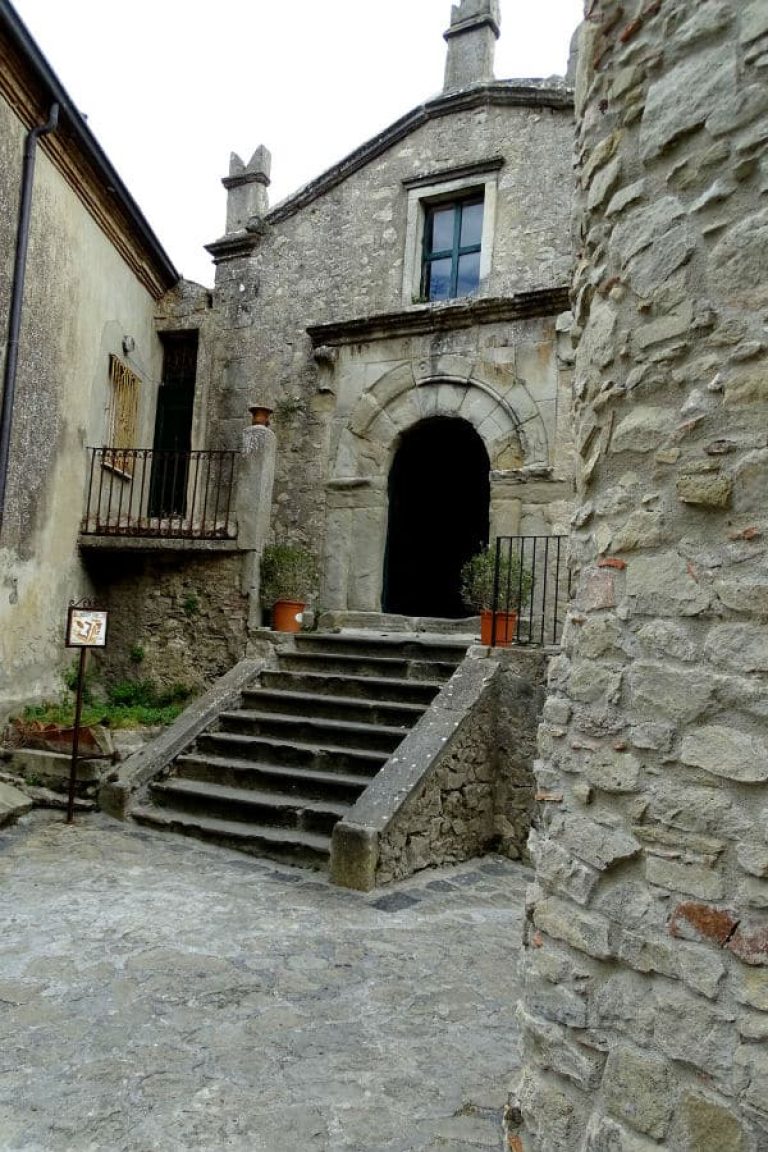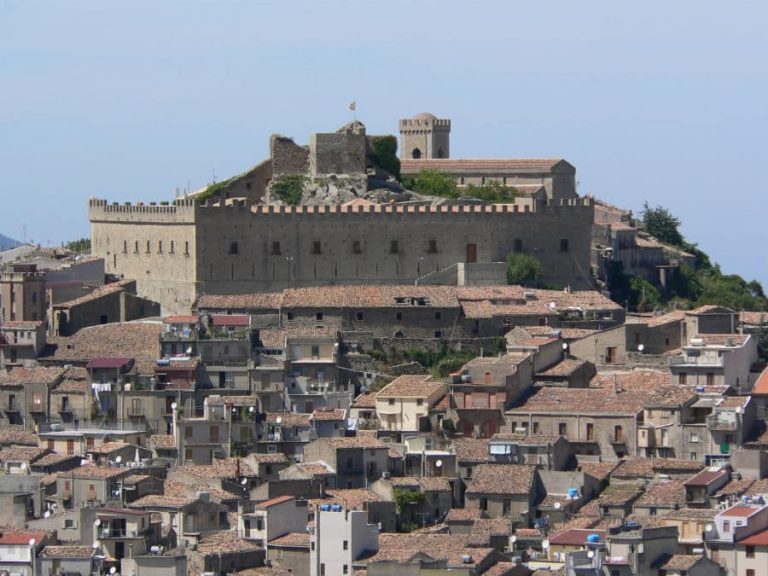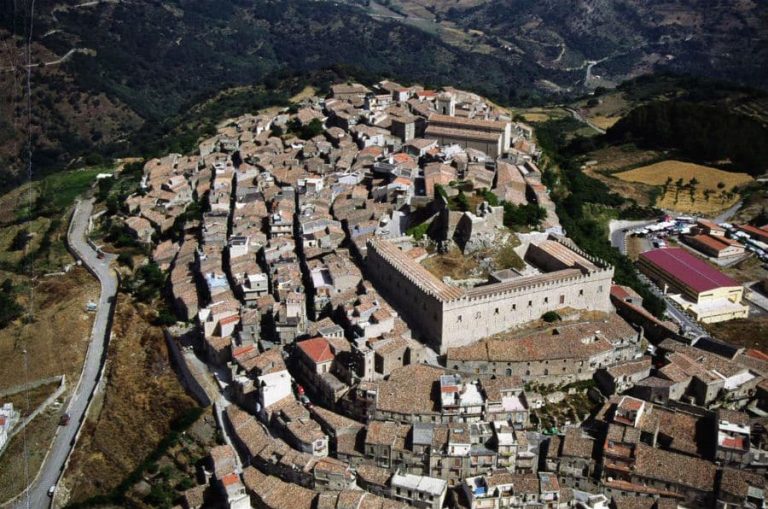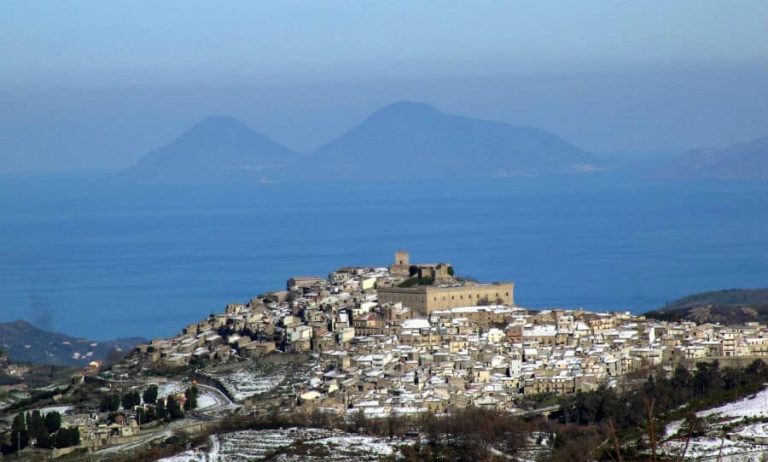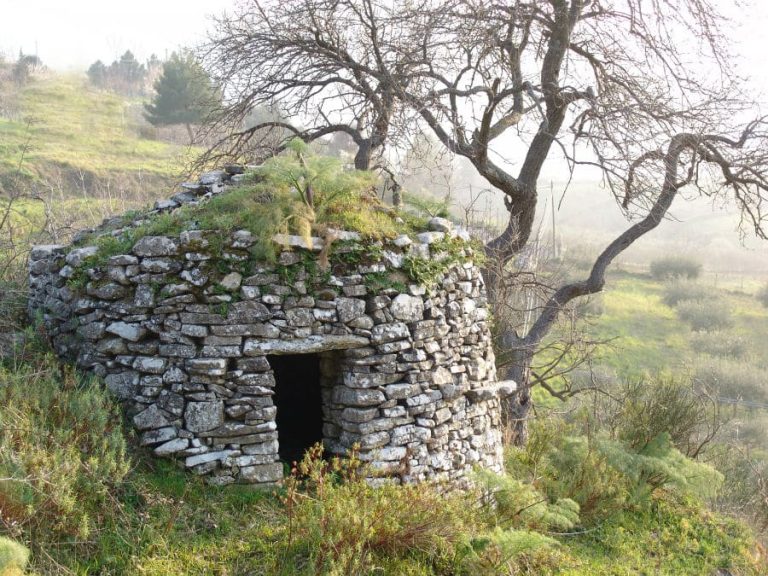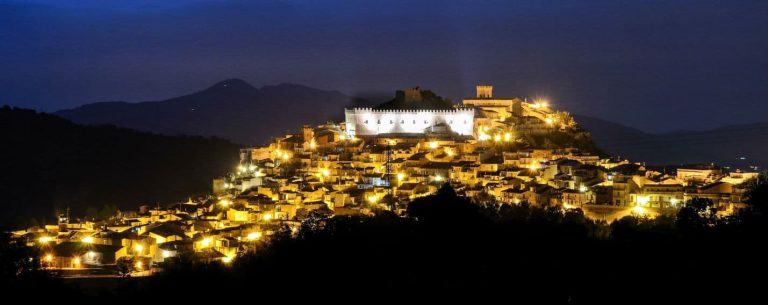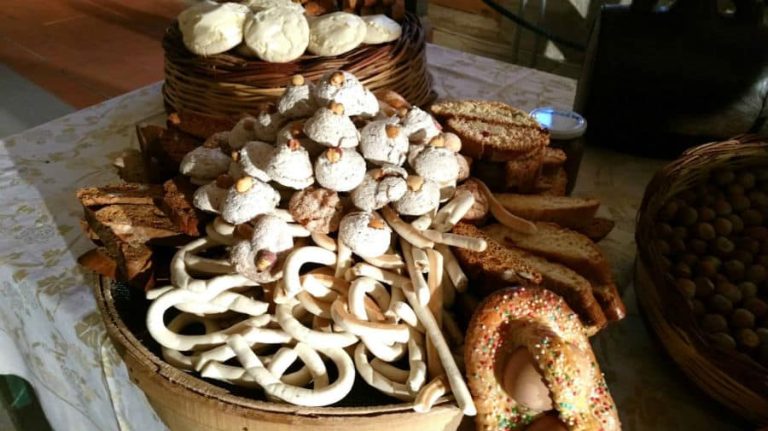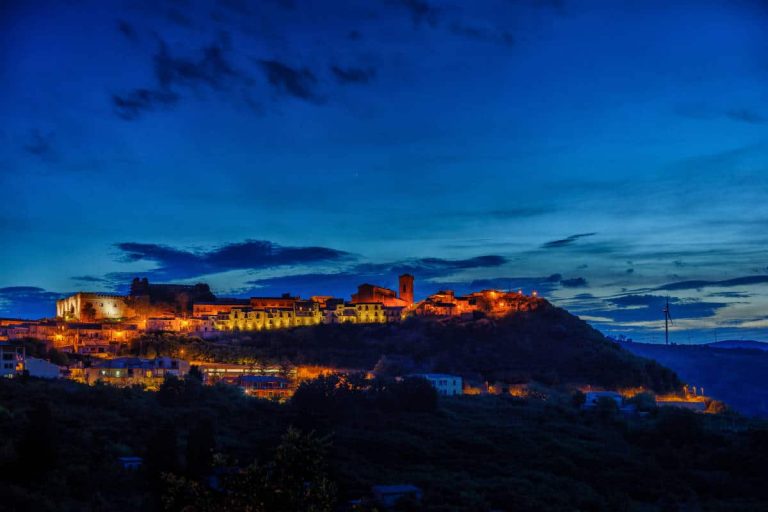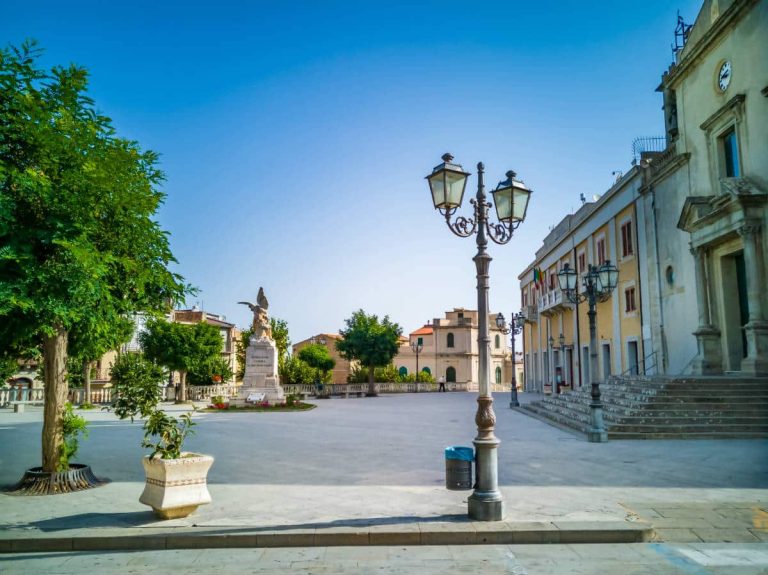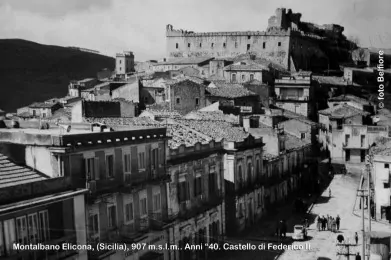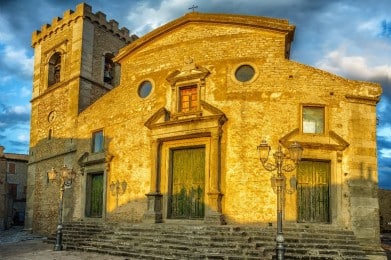Perched over 900 meters above sea level in the Nebrodi Mountains, Montalbano Elicona is one of the most charming villages in Sicily, proclaimed Borgo dei Borghi in 2015. Formerly called Mons Albus by the Romans because of its striking mountainous profile, the village enchants with its perfectly preserved medieval heart, an intricate maze of sandstone alleyways that climb toward the summit of the promontory, where the imposing Swabian-Aragonese Castle towers.
The Castle and the ancient heart of the village
The fulcrum of the town is undoubtedly Montalbano Castle, erected in the 13th century for military and strategic purposes at the behest of Frederick II of Swabia. Later transformed into a royal residence by Frederick III of Aragon, the castle now boasts a splendid Royal Chapel, spacious courtyards, noble halls and two museums: that of white arms and that of ancient musical instruments. From its terraces, the view embraces forests, hills and even the profile of Mount Etna.
Strolling through the streets of Montalbano's historic center is like stepping into a history book: stone houses, arches, stairways and small squares that follow one another in a silent, timeless atmosphere. The whole village converges toward the summit where the castle stands, and every nook and cranny tells of a past of strife, royal pomp and peasant culture.
In the heart of the village is the Duomo, or the minor Basilica of Santa Maria Assunta and San Nicolò Vescovo. Built in the 12th century and enriched over time with precious works of art, it houses among other things a 15th-century wooden crucifix and a painting of the Last Supper attributed to Guido Reni. In 1998 it was elevated to the rank of minor basilica by Pope John Paul II.
Argimusco: between megaliths and mystery
Not far from the village lies the Argimusco plateau, known as the "Stonehenge of Sicily." Here are huge natural rock formations with anthropomorphic and zoomorphic shapes, charged with fascination and legend. Some scholars speculate that the site was an ancient sacred astronomical observatory, used for archaic rituals related to the observation of the sky and the seasons. A unique experience to be had, perhaps by quad bike or guided sunset hikes.
Malabotta forest: the realm of biodiversity
Framing this enchanted landscape is the Bosco di Malabotta Oriented Nature Reserve, one of Sicily's oldest and most lush green lungs. Between paths and clearings stand the monumental centuries-old oaks, the so-called Patriarchs of the Forest. The reserve is a paradise for lovers of trekking, birdwatching and nature photography, with breathtaking views of Mount Etna and the Sicilian hinterland.
Le antiche tholos
Scattered in rural districts are tholos, small dry-stone shelters used by shepherds and anciently perhaps also related to funerary rites. Their domed circular shapes are reminiscent of igloos and testify to the continuity of more archaic rural architectural traditions.
The Insabbiata: ephemeral art and faith
In June, on the occasion of Corpus Christi, the village is transformed with the Insabbiata event: the streets of the historic center are decorated with incredible designs and sacred motifs made entirely of colored sand. A riot of ephemeral art and spirituality that involves the whole community.
The Belvedere Portello: a kiss on the sea
For romantic spirits, the Belvedere Portello is a must-see. From here you can overlook the village and enjoy spectacular views of the Tyrrhenian Sea and the Aeolian Islands-one of the most striking vantage points in northern Sicily.
Local flavors and culinary traditions
The cuisine of Montalbano Elicona is simple but extraordinarily rich. Don't miss the Nebrodi black pig salami, Nebrodi provola cheese (seasoned, also in the form of cavalluzzi), maiorchino (a typical cheese with a strong flavor) and the very pure Fontalba water, bottled locally. Genuine products that reflect the deep connection between territory, tradition and know-how.
Museums and collective memory
Finally, a stop at the "Eugenio Belfiore" Historical-Photographic Museum allows visitors to retrace more than a century of the village's history through black-and-white photographs. A visual journey through daily life, folk festivals, social changes and the collective emotions of an authentic community.
Montalbano Elicona is more than just a village: it is a place of the soul, a crossroads of history, nature and spirituality. Those who visit it hardly forget it.

